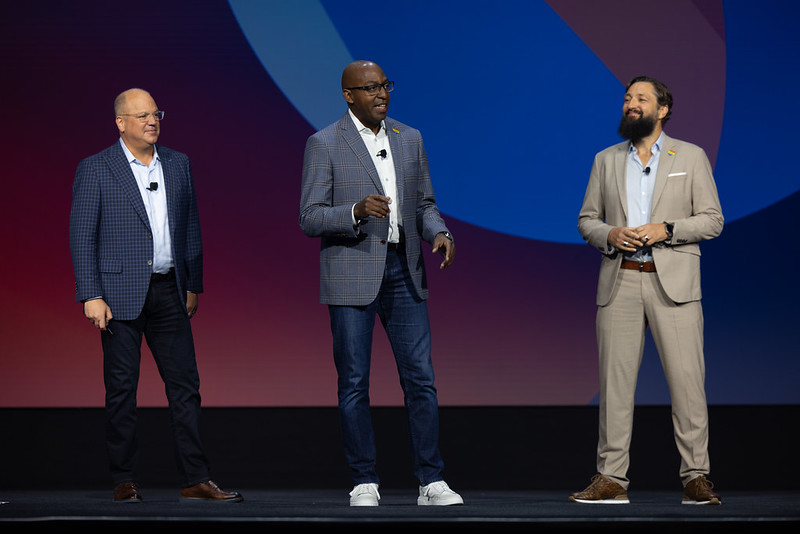Not long ago, channel partners tended to fall into two camps: those primarily engaged in transaction-client relationships and those who believed (or wished to believe) that their customer relationships were consultative and advisory.
Today, the channel window has changed. Forget the “trusted advisor” moniker; become a “success partner” because shared risk agreements are reshaping the channel landscape.
Shared Risk, Shared Success: The New Channel Paradigm
Techaisle has seen a rise in outcome-based relationships – in which customers define their target objective (rather than issuing an RFP detailing a specific set of products) – and shared risk agreements, in which the client contracts for a specific outcome (often, one which is tied in some way to financial metrics), where the partner is paid on achievement of the goal rather than delivery of a bundle of technology.
Techaisle’s recent Channel Survey confirms that this migration is well underway. Across all 2,115 channel partners, more than 45% describe their current “relationship philosophy” as outcome-based or shared risk. These new relationship models are best established in the MSP community, where shared risk is a primary philosophy for more than one-third of the survey’s MSPs, with an additional 23% reporting that they primarily engage in outcome-focused agreements.
Shared risk is also a critical relationship model for SIs. This seems like a logical step forward; SIs have often been targets of complaints about solution timeliness or completeness, and a shared-risk agreement helps forestall these potential objections. In contrast, VARs are only half as likely as SIs to pursue shared risk agreements; they are far more likely than any other channel group to establish transactional relationships.

The End of "Trusted Advisor"? Why Channel Partners Must Embrace Shared Risk for Mutual Success
There are few more cherished channel objectives than attaining the position of being a 'trusted advisor' to clients. The phrase connotes a relationship rooted in respect, where the channel partner provides sage counsel to clients who rely on the partner for technology and strategy. Channel partners who act as trusted advisors can direct client attention and investments in ways that enhance the long-term relationship between supplier and buyer.
Users recognize the value of advisory services. More than three-quarters believe that there is a real advantage in a supplier's ability to respond to business pain points with helpful advice. 71% report that a partner that "listens to business needs and guides a customer towards the right technology solution" provides a vital service. Nearly two-thirds believe that a firm that "shares vision and partnership with both IT and business units" facilitates outcomes important to supplier selection.














